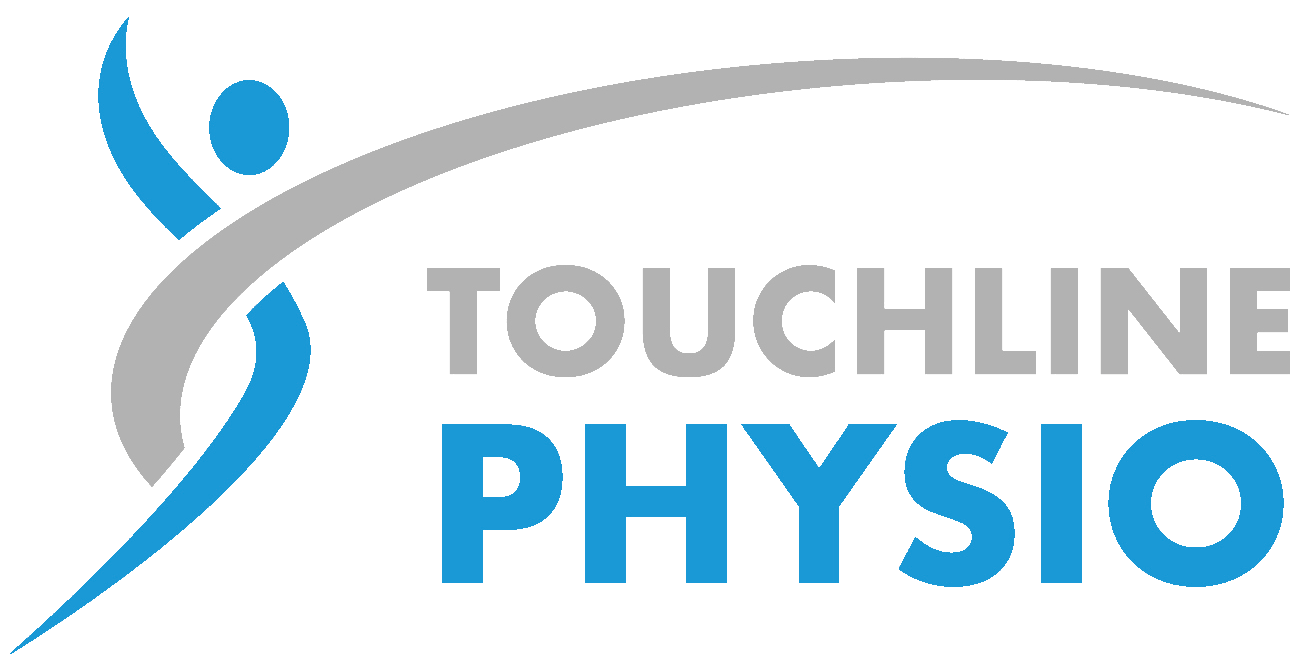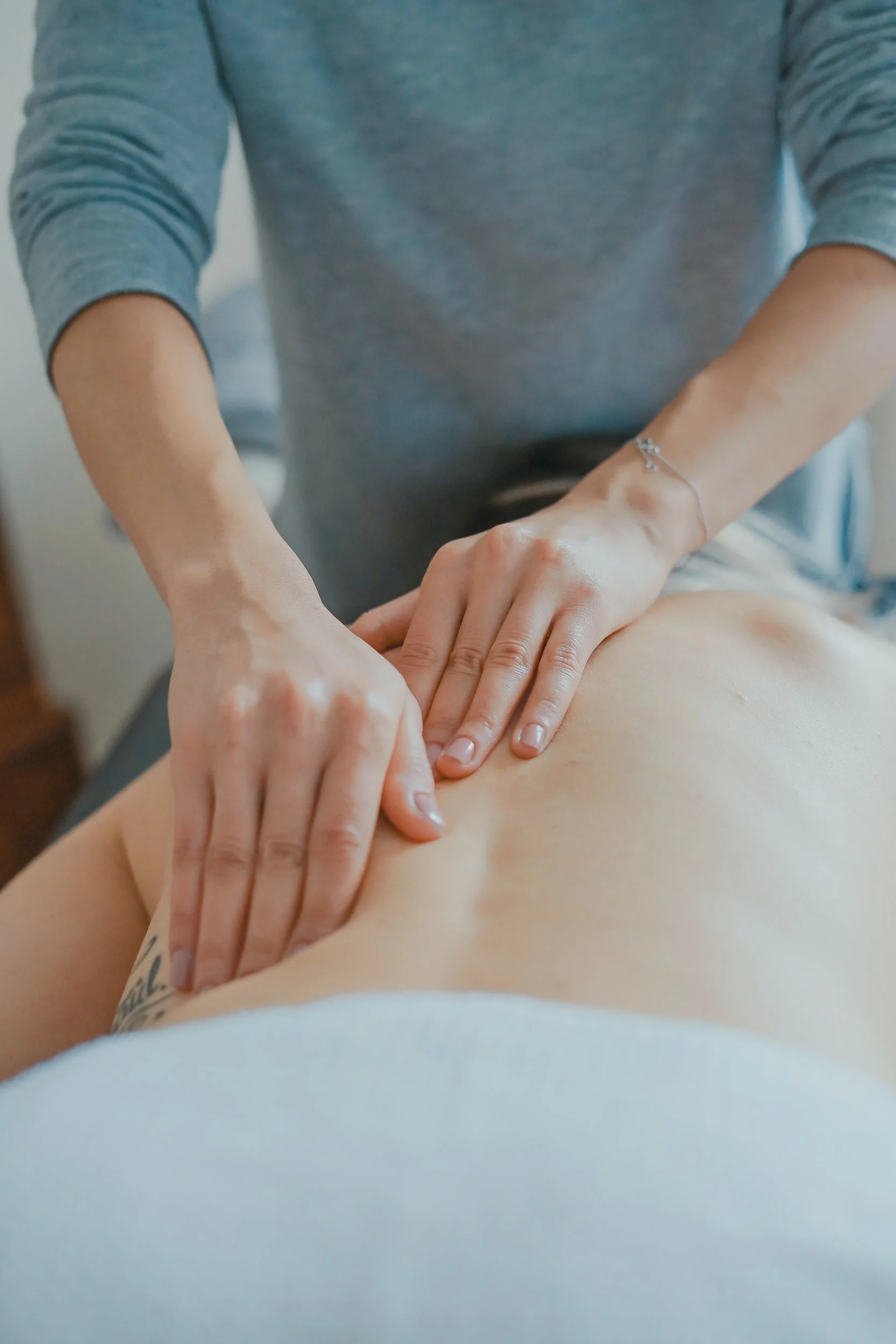Osteopathy?! A Crash Course
What is osteopathy?
Similar to Physiotherapy, Osteopathy is a form of manual therapy. Both practices are often seen as musculoskeletal specialists and share common knowledge about anatomy and biomechanics, and even some techniques such as massage, pressure and manual manipulation. Because of this, both osteopaths and physiotherapists can be consulted for similar issues, however the means to lead you to recovery might yet be different.
Osteopathy is a holistic practice. This means that you will start the consultation with a case history where you will talk about your complaint and a past medical history whether it is related or not to your presenting complaint. The osteopath will also take into consideration your mental well-being as stress can impact your recovery. Then we will assess and examine the movement and function of all body parts to determine possible links of causality that leads to your discomfort. For example, you sprain your ankle one day and you recover from it, but some time later you start getting knee pain which leads you to seek for treatment, the osteopath might examine the ankle as much as the knee as the ankle might be the root cause of your knee pain. In this example we can see that the knee pain might have been caused by the previous ankle injury, but you could have well developed headaches instead. Everyone will compensate for dysfunction in different ways.
The body excels at compensating for restrictions and dysfunctions without you even being aware of it, until one day, a part of your body is overloaded with tensions and loses its primary function. This process usually occurs very slowly but can take anytime from minutes, days, months, years and even decades before something goes wrong. The dysfunction can cause an inflammatory response, which is the body’s primary tool for healing, but also muscle spasm, cramping, pain, loss of movement, dis-ease, etc.
Fortunately, the body is equipped with its own self-healing mechanism. Sometimes, it just needs a little help. This is where the Osteopath comes into play. Their role is to work with the body’s inner forces to guide you back to functional and optimal health. We do this through movement because movement is life.
There are several sources of movement in your body that the Osteopath can work with. The first one is articular movement. It involves a range of motion at one or multiple joints. Another one is known as the cranial movement, or cranial rhythm. It involves the movement of the cerebrospinal fluid, from your skull to your sacrum and is responsible for many vital processes in your body. It can be felt from anywhere in your body, and when restricted can cause chronic issues or stress to worsen. The Osteopath can also work with the intrinsic movement of the viscera. Finally, there is movement in your fascia, often referred to as tension. Fascia is a tissue made of collagen fibres that surround every part of your body and transmit forces around. To work with those last two types of movements, the Osteopath will usually place his hands on different parts of your body and apply a very gentle pressure with almost non perceptible movements, allowing tensions to release therefore restoring optimal function.
Considering all of these, Osteopathy is suitable for everybody from new born to the elderly and can help with symptoms associated with or caused by acute and Chronic low back pain, pelvic girdle pain and hip pain, some peripheral joints issues such as shoulders, elbows, knees, ankles, but also arthritis, sport injuries, muscle and joint pain associated with driving, work or pregnancy.


